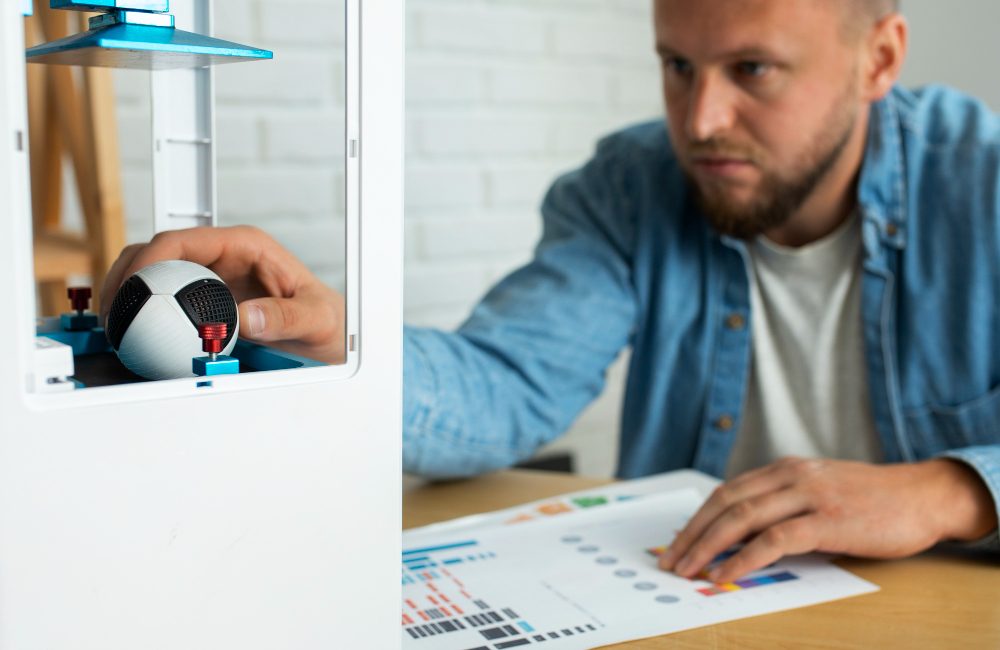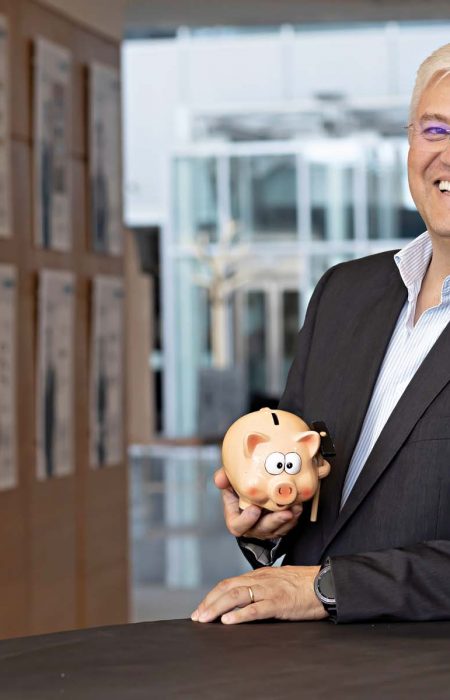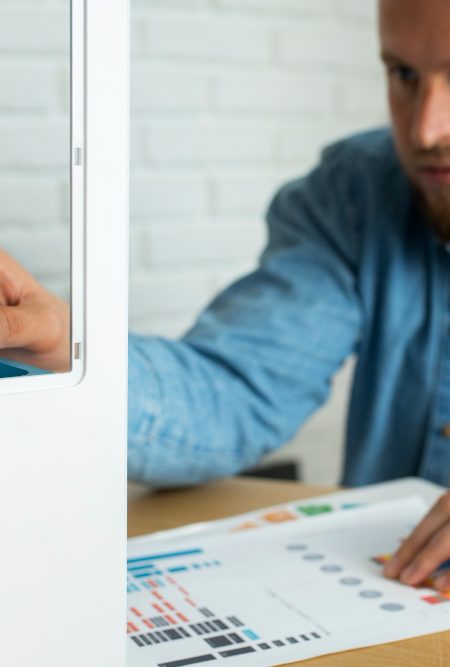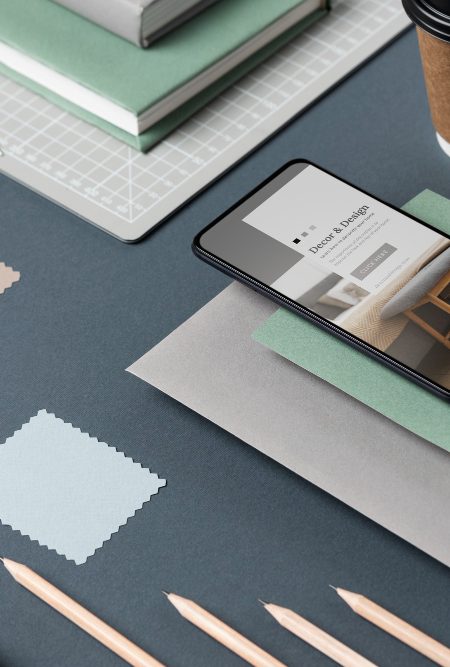Understanding the Journey from a Raw Concept to a Tangible Prototype
Many people believe that creating a product requires massive funding, specialized skills, or access to expensive equipment. While investment can help speed up certain stages, the truth is that money is not the determining factor in whether an idea evolves into a prototype. The real foundation lies in clarity of purpose, strategic thinking, and resourceful planning. Before worrying about costs or production challenges, it is essential to define the core purpose of your idea. What problem are you solving? Who is the product actually for? If you cannot answer these with certainty, no amount of money or tools will make the prototype meaningful.
At the earliest stage, your main priority should not be polish or perfection; it should be simplification. Defining essential features rather than “nice-to-have” additions keeps the vision focused and prevents wasted effort. For instance, if you are designing a wearable fitness device, ask yourself what the single most critical function is. Is it accurately tracking movement? Is it monitoring heart rate? Identifying this singular purpose allows you to strip away distractions and get closer to building something testable without overcomplicating the process.
Equally important is identifying the initial users or customers of your product. A prototype is not meant for mass production—it is a tool for learning. Knowing who will give you the most honest, useful feedback ensures that you avoid building in a vacuum. Conducting quick and low-cost research—such as observing potential users, conducting a handful of informal interviews, or reviewing online forums where your target audience gathers—can help validate your assumptions. These early insights are often far more valuable than spending money prematurely on advanced prototyping services or professional-grade tools.
Another key principle in this journey is embracing fast iterations over perfection. Many innovators get stuck trying to refine every detail before showing their concept to anyone. This not only increases costs but often results in creating something that doesn’t align with real user needs. Instead, think of your early prototype as a conversation starter—something tangible enough to convey your vision, but flexible enough to change shape based on feedback. By taking this iterative approach, you ensure that every step adds real value while minimizing risks of wasted spending and misaligned product development.
In short, moving from idea to prototype without incurring unnecessary costs depends far more on discipline and focus than on resources. Define your purpose, clarify essential features, identify who matters most in the early stage, validate assumptions with minimal research, and allow adjustments to shape your path. By doing this, you set yourself up for a sustainable, practical process that prioritizes learning over premature scaling.
Practical Steps for Moving from Brainstorming and Sketches to Low-Cost Prototyping
Once you have clarity on the essentials, it’s time to shift from thoughts and theories into something tangible. And again, this does not need to involve expensive technology or specialized equipment. Often, the simplest tools are the most effective in moving your idea forward without extra costs.
- Start with drawings and notes: Put pen to paper. Hand sketches, flow diagrams, and even rough wireframes are incredibly powerful because they force you to translate abstract concepts into something visual. At this stage, perfection doesn’t matter. What matters is capturing the essence of your product idea in a way that you (and others) can point to, adjust, and reconsider.
- Leverage free digital tools: If you prefer working digitally, use free software such as Figma, SketchUp (free version), or open-source design tools like GIMP or Inkscape. These provide plenty of flexibility for creating mockups and early designs without subscription fees. Similarly, presentation tools like Google Slides or Canva can be surprisingly effective for creating clickable prototypes or simple interfaces.
- Build physical mockups from everyday materials: For physical products, don’t underestimate the value of cardboards, paper, tape, clay, or even recycled plastic containers. Makers and entrepreneurs for decades have started with simple, low-tech construction materials to visualize form and function. These lightweight prototypes are enough to test how something looks, feels, or interacts with a user before investing in actual production.
- Utilize open-source resources: Whether it’s 3D-printing files, software libraries, or electronics circuit designs, open-source communities offer a wealth of pre-built components that can save you both time and money. By adapting what already exists, you avoid reinventing the wheel and get to the testing stage much faster.
- Focus on testing one function at a time: Avoid building a “complete” product too early. Instead, isolate the single most critical feature and build a prototype around just that. Does the clasp mechanism of your wearable actually stay secure? Does your app’s interface flow logically for first-time users? Addressing these individual functions before layering on additional features allows you to validate assumptions gradually and avoid overbuilding.
- Seek early and honest feedback: Share your prototype, however rough, with people who resemble your target users. Encourage them to point out frustrations, confusion, or areas of delight. Even small informal feedback sessions can save you from expensive rework later. Resist the urge to wait until your prototype “looks professional”—real users value function over surface polish at this stage.
- Iterate quickly and cheaply: When flaws or opportunities appear, adjust the prototype without hesitation. Whether this means sketching a new layout, rearranging taped-up parts, or modifying a digital mockup, speed matters more than presentation. By cycling through multiple versions quickly, you build momentum while still keeping costs at zero.
Throughout this process, the greatest temptation you must resist is overspending or overengineering. Many entrepreneurs start investing in costly design software, professional-grade prototyping, or large production runs too early, thinking it will add credibility. In reality, these often create unnecessary financial pressure and tie you to a rigid version of your product before you’ve gained real-world insights. Maintaining control of your creative process means intentionally keeping things simple, adaptable, and aligned with your main vision—without being swayed by appearances or premature scale.
Ultimately, the goal of moving from brainstorming to low-cost prototyping is not to create a finished, sellable product, but to create a clear representation of your idea that can communicate your vision. This clarity is what attracts potential users, partners, and even future funders—not an expensive first attempt at manufacturing.
Final Thoughts
Creating a product prototype without extra costs is not just possible—it’s often the smartest way forward. By focusing on clarity, defining core functions, and using resourceful methods, you allow your idea to grow naturally while avoiding financial strain. Every step should add knowledge, not expenses. Every iteration should bring you closer to solving the problem your product is meant to address, not farther away in complexity.
At its heart, prototyping is about learning, not proving perfection. By keeping your process lean, practical, and adaptable, you not only protect yourself from wasted costs but also build a stronger foundation for long-term success. With creativity, patience, and the courage to test, fail, and adjust, you can turn even the simplest spark of an idea into a tangible prototype—without spending a single extra cent.










